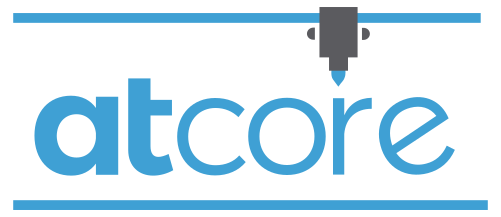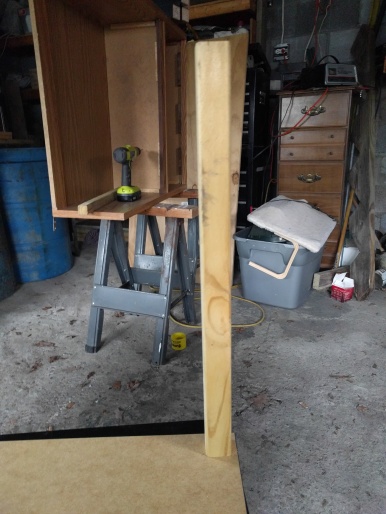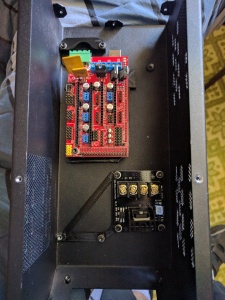Since I find myself with a bit of down time. I have decided to update you all on the progress of atcore and atelier. We should hopefully be ready soon to start the process of releasing AtCore 2.0. I only have a few things I really want to get merged before I start that process. In the mean time here is what has been landed to AtCore since my last post.
- Allow for Reconnect without reset on unix hosts. (rizzitello, D13576)
- AtCore will now process Errors from the serialLayer (rizzitello, D15080)
- Cleaned up Warnings from strict check. (rizzitello, D15861, D15701, D15280)
- Allow for fractional movement. (i.e move X 6.84mm) (rizzitello, D15224)
- New Axis Controller (rizzitello, D15281)
- Use bit percentage for fan speed when needed. (rizzitello, D15700)
- Use C++ Scoped enums (Cjlcarvalho, D16180)
- Typo Fixes (yurchor, NO DIFF)
- Header Typo fix (kbroulik, D17059)
- Encapsulate the SerialLayer completely (rizzitello, D17146, D16200, D16199)
- Fix Crash on reconnect on some cases. (rizzitello, D16616)
- Clazy Clang-tidy cleaning (rizzitello, D17101)
Atelier is getting more and more polish. Here is what has been landed to atelier since my last post.
- Allow for Transforming Bed based on profile ( ervin, D16129 / rizzitello, D16144)
- Check a file exists before attempting to print (laysrodrigues, D15122)
- Remove Unaccelerated tooltips from lateral area (rizzitello, D16853)
- Update new feeds as they are received (rizzitello,D16597)
- QUrl.toString Not always valid (tcanabrava, D16002)
- Clean up warnings (rizzitello, D16205)
- Adjust icon size in lateral area for better scaling on a range of hidpi screens(rizzitello, D16855)
- Prevent Error dialog if user cancels file selector (rizzitello, D17117)
- Improve UI for mainwindow::askToSave(rizzitello, D17142, D17116)







